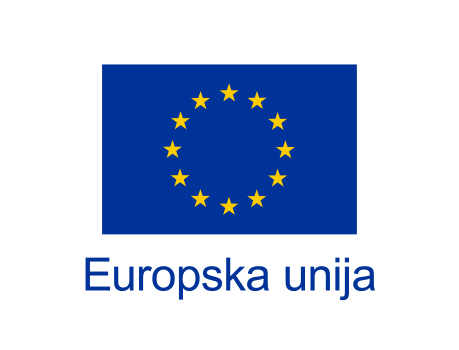The best stories are personal stories. Stories from love or personal needs are those stories that create added value and give what makes a difference. This is exactly the story of the Trs winery.
Two friends – Zlatko and Marijo, dissatisfied with the placement of raw materials and dependence on others as grape producers, decided to produce wine from their own grapes.
With little experience in wine production, both winegrowers, driven by the desire to give value to their fruit, embarked on a joint business adventure without even dreaming of where it would lead them, seventeen years later.
In the very beginning, everyone produced wine for themselves in the house of the Bosniak family. The initial capacity was 30,000 litres of wine. Seeing that the community has many advantages, they united in 2003.
During that period, a family house and a larger associated basement for production were built, where two friends decided to stay together, open an agricultural cooperative and enter into a joint production.
In 2007, they founded the Trs winery and moved the entire production and increased the capacity to 80,000 litres. At that moment, they cultivated 29 hectares of their own plantations.
They divide the tasks among themselves, each one the one that suits them better. So Marijo takes care of the vineyards, and Zlatko takes care of the wine. The two friends stayed to work together and opened an agricultural cooperative.
At that time, the cooperative consisted of 4 members, Marija and Zlatka and their wives, who were also its founders. After some time, even that basement became too small for them, so in 2009 they decided to buy a new location for the basement.
In order to avoid a large credit risk, they enter into cooperation with Mr Ilijon Tokić from Sesvet as an investor and strategic partner. With it, they get a much wider circle of acquaintances and markets.
From the very beginning, Vinarija Trs has been a story of friendship and success, and only then a successful entrepreneurial story. Step by step, together, as three friends, as three families, they build a business without sudden jumps, and what is more important, without falls.
With our entry into the EU, numerous possibilities for applying for EU funds have opened up for us. With the help of EU funds, the Trs winery can boast of a new cellar, capacity expansion and production modernization. All with the goal of sustainable wine quality in view of the large increase in capacity.
The current capacity is 550,000 l, of which the annual production is from 300,000 to 350,000 l. Today, the cooperative has 16 members who own 70 hectares of vineyards, of which the Trs cooperative cultivates 60 hectares and employs 14 people.
Trs Winery is more than an entrepreneurial story. It’s a story about the success of a cooperative, the idea of working together, cooperation, lower investment in joint production, and ultimately going to the market together and making a wish come true.
It is a story about friends, about families, about their love for the land, the fertile soil that we are rich in, the fruits that the land can provide and the top-quality wine the end result that the Trs winery wants to offer to every lover of good wine and Croatian products.

































